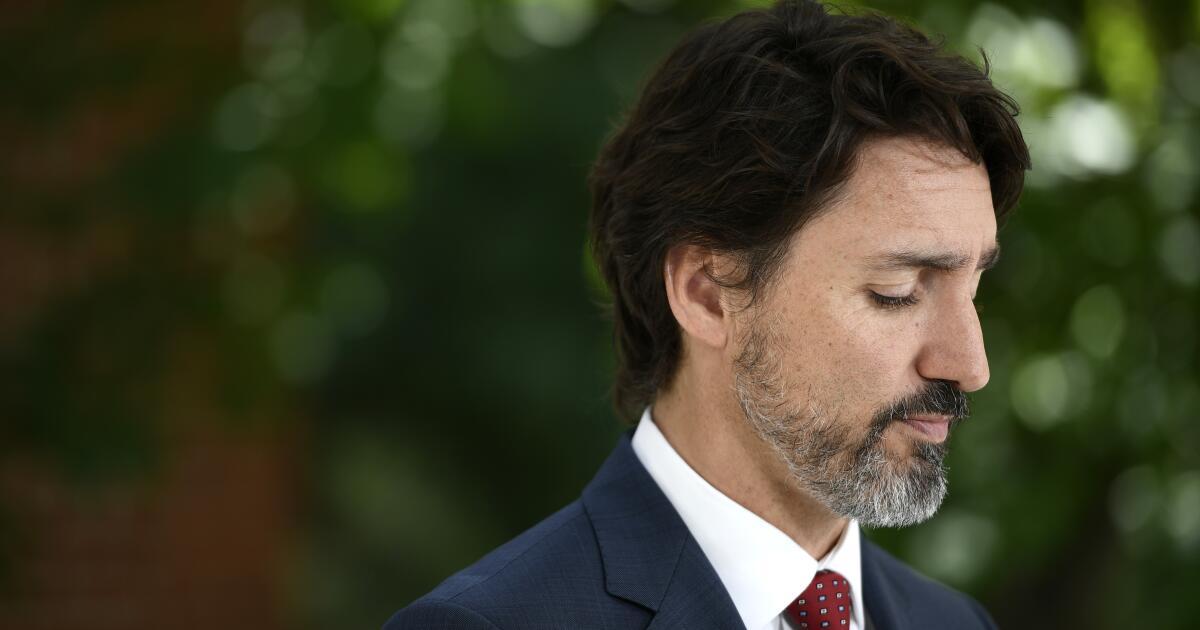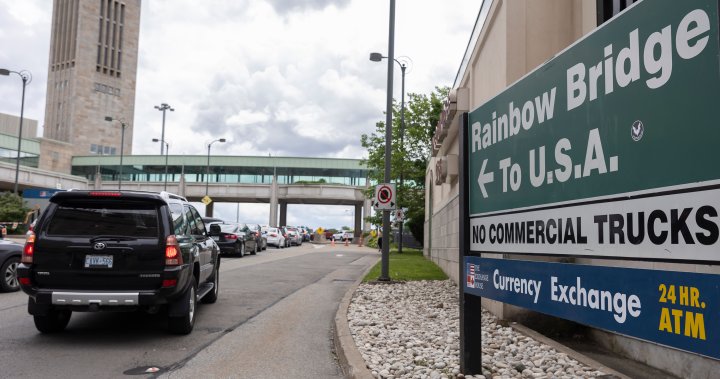Infra
Defence minister commits money for northern infrastructure, but no details in Tuesday’s budget | CBC News
Canada’s defence minister says some of the billions of dollars it plans to spend on the military over the next several years will go toward new infrastructure in the North, but it’s not yet clear what that will look like.
Earlier this month, the federal government announced its new defence policy, which includes $8.1 billion over five years and $73 billion over 20 years in military spending with a heavy focus on Canada’s North and Arctic sovereignty.
It also includes $218 million to be spent over 20 years on what the federal government calls “northern operational support hubs.”
Bill Blair says those will be permanent, year-round facilities.
“We’re going to require housing, medical facilities, fibre-optic communications, water treatment plants and power supply,” he said.
Blair said he doesn’t know where those hubs will be built, but plans to work with territorial and Indigenous governments in the North to figure that out.
He said the hubs are intended to be multi-use so communities can use them too.
The new policy also means some people living in the North can expect a year-round military presence in the future.
“Arctic security and sovereignty is going to require persistent presence,” Blair said.
Blair said although he can commit to funding infrastructure in the North, the specifics of what will be built and where will be reflected in next year’s budget, not this year’s.
The support hubs would also be able to land aircraft, including search and rescue planes.
Charles McNeely, chair of the Sahtu Secretariat Incorporated (SSI), said he wants to see the money go toward infrastructure projects, like the Mackenzie Valley Highway.
The highway, which would connect the Sahtu communities to the rest of the territory, has been discussed since the 1950s. The work on it has been broken up into smaller chunks and the most optimistic scenario wouldn’t see it completed until 2037, along with a huge price tag.
In a report released earlier this month called Securing Canada’s Link to the Arctic, SSI also said the completion of the highway would mean enhanced security for the Arctic.
“The [Mackenzie Valley Highway] will provide the necessary support for new economic endeavours, but it will also be a conduit for logistical support and construction materials for security and military matters in the Arctic,” the report said.
SSI also said Canada will need to develop new infrastructure in the North if it increases its military presence.
“Canada will need to get the Arctic right and developing dependable, year-round infrastructure from the south to the Beaufort coast is the first step,” the report said.
Former and current northern MLAs and premiers have said Arctic security also requires improvements to Arctic infrastructure.
Blair could not say whether the Mackenzie Valley Highway would be part of new the federal government’s plans, but that he’s heard clearly from all three territorial premiers that money is needed for infrastructure.
“I’m in complete agreement,” Blair said.
“I want the Canadian Armed forces to be able to train, to deploy and to be present in the Arctic.”
Blair said he will consult with all three territories about where new infrastructure is needed and what kind, both for the military and for northern communities.
Blair said he also wants to money toward expanding the Canadian Rangers program in the North, including search and rescue efforts.
“I think that bringing in new capabilities, new resources, will inevitably increase our capacity to do search and rescue,” Blair said.










